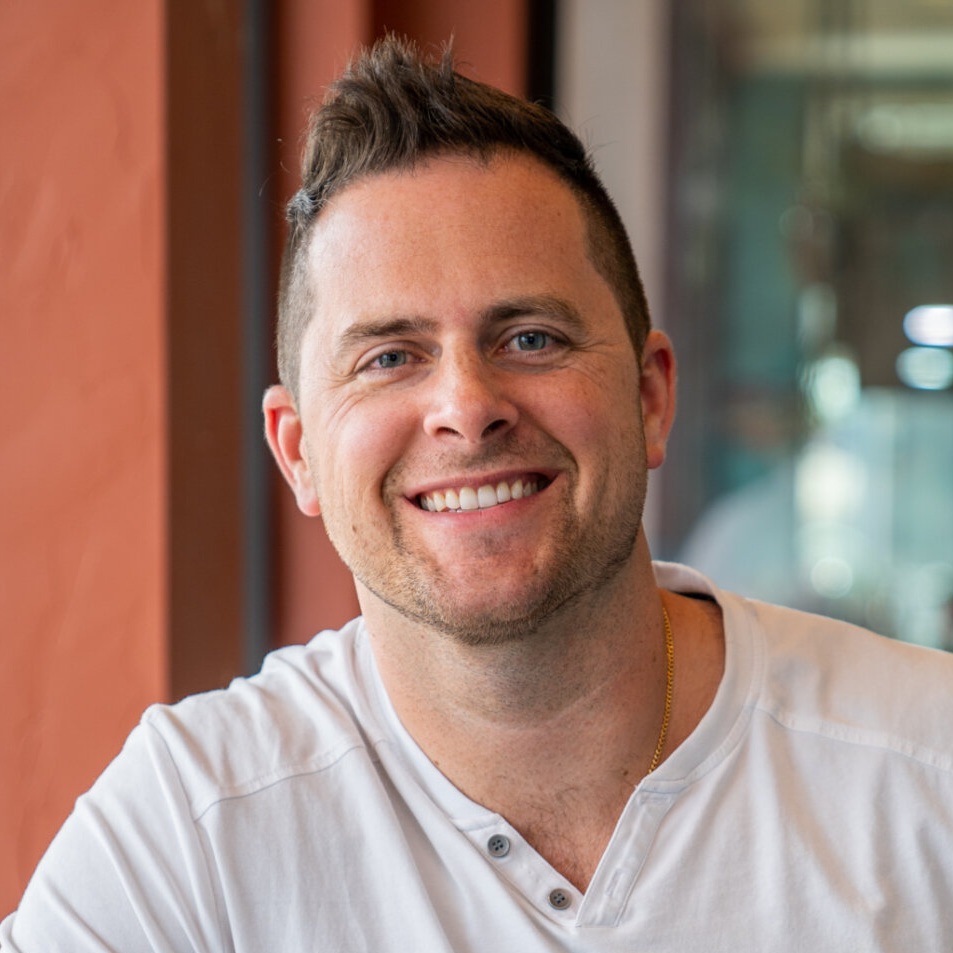No hiccups? That’s pretty wild.
“So, I’ve got to ask, what’s your background? What kind of doctor are you?”
“I’m a neurointensivist,” he explains. “Basically, I work in the brain ICU. We treat patients with strokes, head trauma, aneurysms, anything involving the brain or spine.”
“Got it. And do you own the business outright?”
“Victor and I each own fifty percent of HiccAway.”
“And Manda?”
“She’s still involved. My niece, actually. She runs our marketing and earns commission from sales. No equity yet, but she’s very hands-on. This business feels like her baby.”
“So what’s the price point?”
“Retail is $14, wholesale is $6, and it costs about 70 cents to manufacture.”
“Where are you selling?”
“On Amazon, our website, and now in a big-box retailer in Texas. We’ve sold about 21,000 units since launching last July, around $300,000 in sales.”
“Not bad,” one of the Sharks says. “But I’ll pass. As a mom, I could never find a thermometer when my kid was sick. I can’t picture keeping this handy when hiccups hit. I wish you luck, though.”
“Thanks, Barbara,” he replies. “But you know what’s interesting? Forbes reported in 2019 that hiccups were the third most searched health topic in the world. People are actively looking for solutions.”
“Sure,” another Shark adds, “but will they believe it works when they see it on a shelf? It’s not that it lacks merit, it’s just a hard product to sell.”
“I think it’s actually intuitive,” someone else says. “It’s unique, and there’s nothing else like it.”
“Maybe,” another replies, “but my question is need. How many people truly feel they need this product?”
Then Mark speaks up. “Look, I like it. Anything that solves a real problem and has science behind it is worth backing. But it won’t blow up overnight; it’s going to take time. You’ve only been around a year, right? Give it a few more, and I bet it’ll end up in everyone’s medicine cabinet. I’ll make you an offer. Just say yes or no.”
The others laugh. One of them chimes in, “I like the simple design. It’s functional, durable, not a one-and-done product. Honestly, it’s cool. Though personally, I like peanut butter better,” he jokes. “I hadn’t heard of this before, but I get hiccups once in a while. They usually pass in ten minutes. But for people with chronic hiccups? This could be life-changing.”
Behind the scenes:
It was surprising they didn’t ask about patents, because there are a few. The University of Texas Board of Regents actually owns the utility patent. It covers a two-aperture device: one side for drawing in liquid, the other for creating pressure that stimulates the epiglottis, the small flap in your throat.
They also hold a design patent protecting the product’s signature ridged shape, giving them an edge against copycats. The design rights are owned by Higher Innovations, likely the parent company.
Trademark-wise, “HiccAway” is registered in two styles, horizontal and vertical, for medical devices. Strong IP protection overall.
As for regulation, this is probably a Class I FDA device. That means it’s low-risk, doesn’t go inside the body, and doesn’t need a prescription. So it only requires basic compliance, not clinical trials.
All things considered, the team’s done a solid job protecting their invention. It’s science-backed, market-ready, and unique, but like Mark said, it’ll take time. Education and awareness will drive its growth.
And if anyone can make that happen, it’s probably Mark Cuban.
